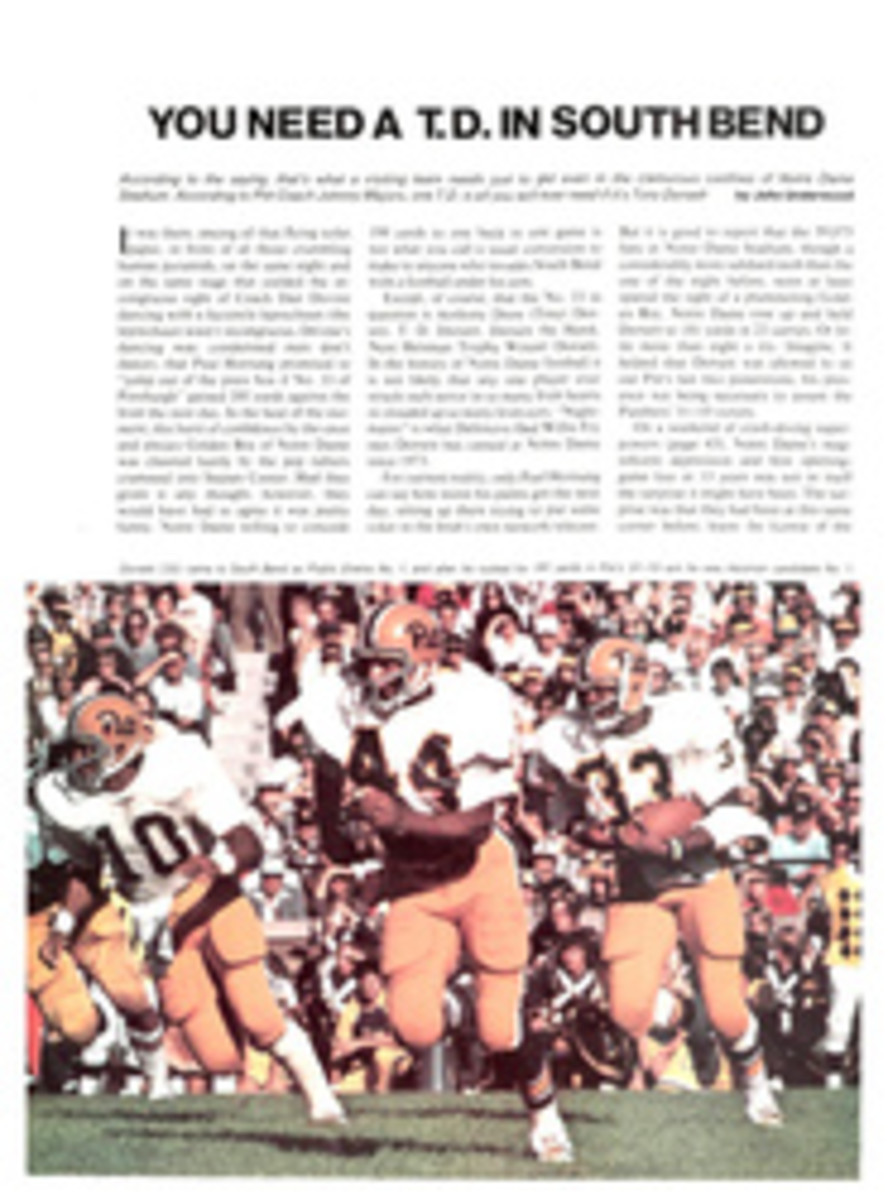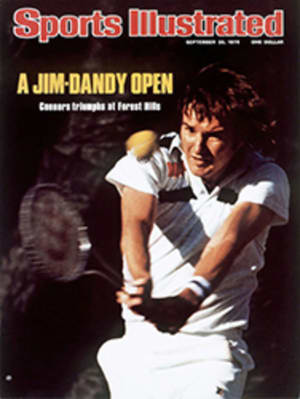
She was the Young of old
Cosimo Centonze, a local manufacturer of smoked sausages, had plastered the approaches to the velodrome at Monteroni, Italy with garish, multicolored posters bearing greetings in four languages. The English version read: "Centonze's sausage factory hopes this date will join the people of the world even in the daily life and make them justier men."
It may well be that Sheila Young and Sue Novara, the two American archrivals for the world sprint-cycling championship, took heed of Centonze's exhortation. Whether they became "justier" is hard to judge, but join together they certainly did in a warm handclasp, riding side by side, victor and vanquished, on the lap of honor.
For two athletes who have had little regard for one another on or off the track, that was effusiveness indeed. A milestone, a historic date, as the sausage manufacturer had anticipated.
It was also historic in the sense that it may have marked Sheila Young's last competitive appearance on a bicycle, in a year that had brought her, in order, three Olympic speed-skating medals (gold, silver and bronze); the world sprint speed-skating championship; the U.S. national sprint-cycling title; a handsome curly-haired, mustachioed husband; and now the world sprint-cycling championship. What more could a girl want?
In her own words: a career, maybe in local politics; more time, at 25, to devote to her husband, Jim Ochowicz—a member of the U.S. pursuit team—and to the bicycle shop they plan to open in Detroit.
"That's it," pledged Young before ascending the winner's podium. "I might keep on skating, but if I want a life of my own I've got to give something up, and it's got to be cycling."
Sue Novara ("It's not that Sheila and I aren't on speaking terms, we just don't converse") vanished immediately after her defeat, reappearing 10 minutes later, eyes red and still wet.
"What happened to you, Sue?"
"I got beat...."
The result slightly embarrassed the U.S. squad, which had the problem of simultaneously congratulating Young and commiserating with Novara. And Coach Jack Disney was surprised at the outcome. He had privately been tipping 20-year-old Novara for the title. "She is better equipped to do it," he had said. "She handles her bike better. She has more acceleration. She'll make it if she rides the way I told her to."
But sprint cycling is a most unpredictable sport—a stalking, tracking, cat-and-mouse thing, a mixture of tactics, reflexes and intuition in which roles are reversed at the turn of a pedal, and the hunter, in the space of a few yards, can become the prey. The format pits two competitors, one against the other, three times around a banked one-third-kilometer oval. The first two laps are normally for feinting, parrying and procrastinating, sometimes standing stock-still (the record is 22 minutes) and generally seeking to psych out the opposition. The real action takes place in the last, usually frantic, 200 yards of the final lap. You win by finishing first in two out of three possible races.
The U.S. faced no real opposition in Monteroni after the Soviet Union decided to stay away, on the flimsy grounds that women's cycling is not an Olympic sport. (According to one theory, the Russians felt they could not win.) Young, however, had had a narrow escape in her quarterfinal race. Her Belgian opponent, playing the waiting game fractionally too long, toppled over and brought Young crashing down with her. Her bike repaired and the gash in her left thigh dressed, Young came on like a Ferrari against a bombed-out Beetle to make sure of victory in the rerun. After that, she and Novara predictably came together in the finals in the floodlit velodrome last Friday.
Identically dressed in black shorts and stars-and-stripes shirts, the two women headed cautiously down the track, Young in the lead, setting a moderate pace, checking regularly with over-the-shoulder glances at Novara, stalking her five yards behind. Little action until the penultimate bend. Then Young plummeted like a hungry hawk down the 39% gradient and grabbed a 10-yard lead, weaving along the straight, taking the last bend tight, forcing her opponent into a suicidal attack on the outside and into second place.
It was a repetition of the race in which Young won the U.S. national title against Novara in August. As she passed the finish this time, Young raised a fist into the air. Novara bowed her head in defeat.
The second race was markedly different but even more decisive. At the sound of the bell signaling the last lap, it was Novara who swooped from the rail and edged into a narrow lead on the inside. But Young responded with devastating force, and there was no escaping her as she came on, into the final bend to catch her rival halfway down the homestretch. Again her arm went up, this time in final victory, and Novara had to accept the loss of the title she had won only the year before in Rocourt, Belgium. Then, as they slowed to a stop, the women's gloved hands joined in a spontaneous gesture of mutual respect. It was their first head-to-head world championship battle, and most likely their last.
"She was just really good today. Unbeatable," said Novara after recovering her composure. "I couldn't hold her. The first time out I made a mistake. I didn't pick it up enough—not enough momentum. But this time there was nothing I could do. She was just too strong."
An aging Italian admirer tried to comfort her. "You are the most beautiful," he murmured. Making the usual allowances for Italian hyperbole, he had a point: silky blonde hair—shampooed twice a week—flowing halfway down her back, a honey-skinned, corn-fed, rain-washed face and a pair of pale blue eyes. "Has anyone got a hairbrush?" she asked. Life goes on.
It had been an excellent showing for the U.S.—first, second and fourth places, the last one going to the coach's 19-year-old daughter Jackie (five times U.S. midget and intermediate champion), who was making a highly promising debut in international competition.
Will Monteroni indeed have provided the last setting for the legendary struggles between Sue Novara and Sheila Young? As things stand now, the answer is yes, but Mike Fraysse, the U.S. team manager, hasn't had his last word. After all, he managed to talk Young into changing her mind after she vowed to quit cycling on winning the world title in 1973.
"I may be able to do it again," he says. "Perhaps not next year, though."
Right now Young's mind is on other things, like the delayed European honeymoon she had been planning with her husband. "Yes, you can say I'm a pretty competitive person. I like winning at things."
Like what things?
"I won him, didn't I?"
PHOTO
SHEILA CRUISING AT MONTERONI, ITALY

